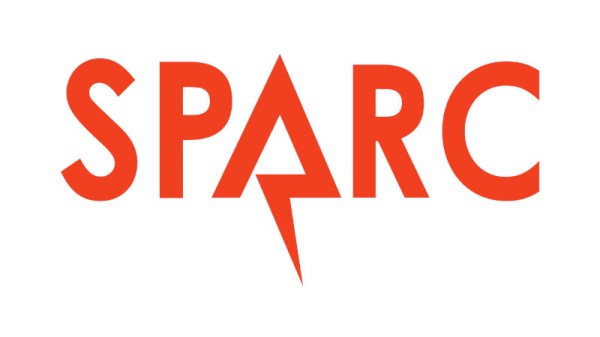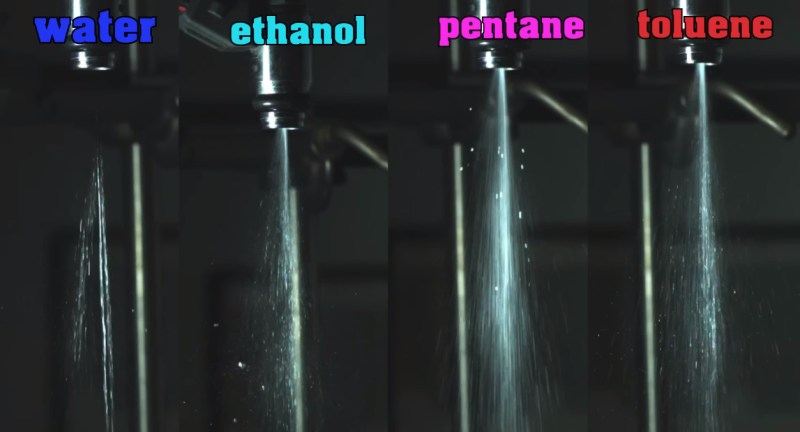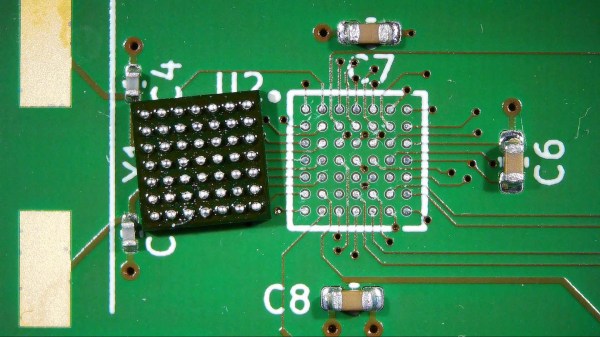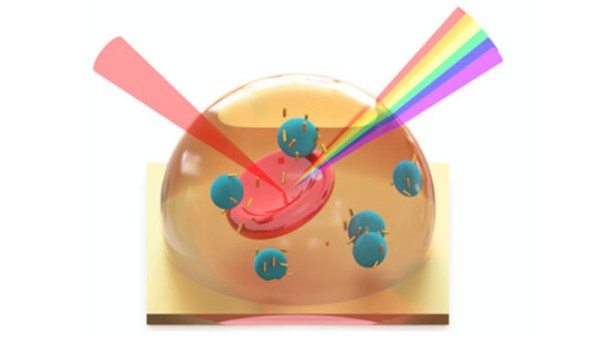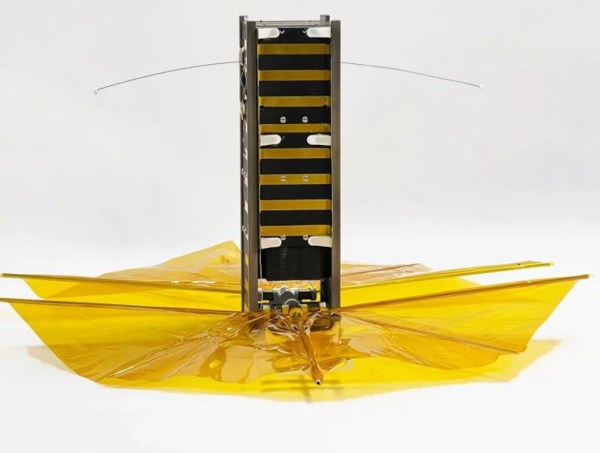[RetroBytes] nicely presents the curious history of the SPARC processor architecture. SPARC, short for Scalable Processor Architecture, defined some of the most commercially successful RISC processors during the 1980s and 1990s. SPARC was initially developed by Sun Microsystems, which most of us associate the SPARC but while most computer architectures are controlled by a single company, SPARC was championed by dozens of players. The history of SPARC is not simply the history of Sun.
A Reduced Instruction Set Computer (RISC) design is based on an Instruction Set Architecture (ISA) that runs a limited number of simpler instructions than a Complex Instruction Set Computer (CISC) based on an ISA that comprises more, and more complex, instructions. With RISC leveraging simpler instructions, it generally requires a longer sequence of those simple instructions to complete the same task as fewer complex instructions in a CISC computer. The trade-off being the simple (more efficient) RISC instructions are usually run faster (at a higher clock rate) and in a highly pipelined fashion. Our overview of the modern ISA battles presents how the days of CISC are essentially over. Continue reading “History Of The SPARC CPU Architecture”

